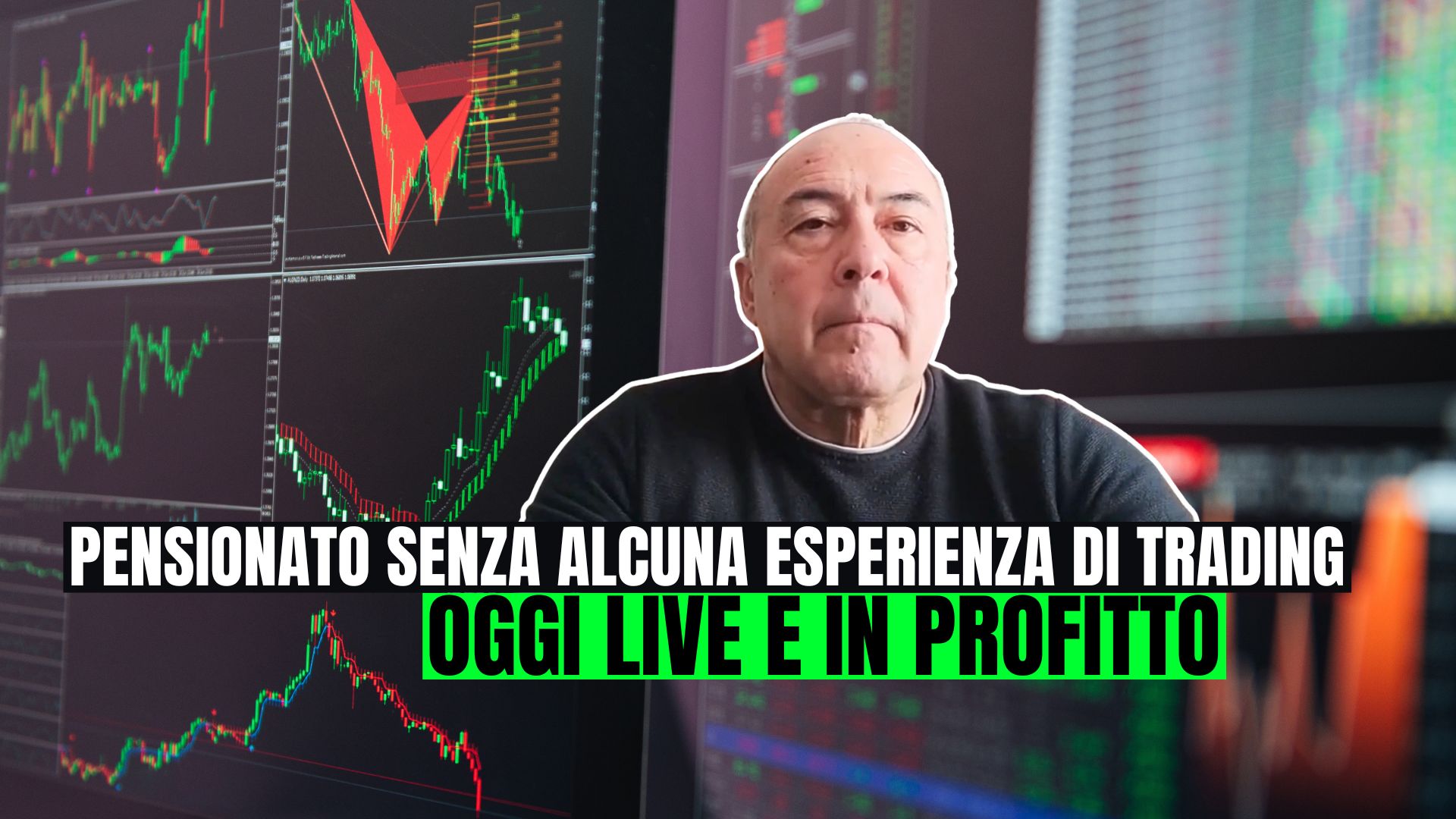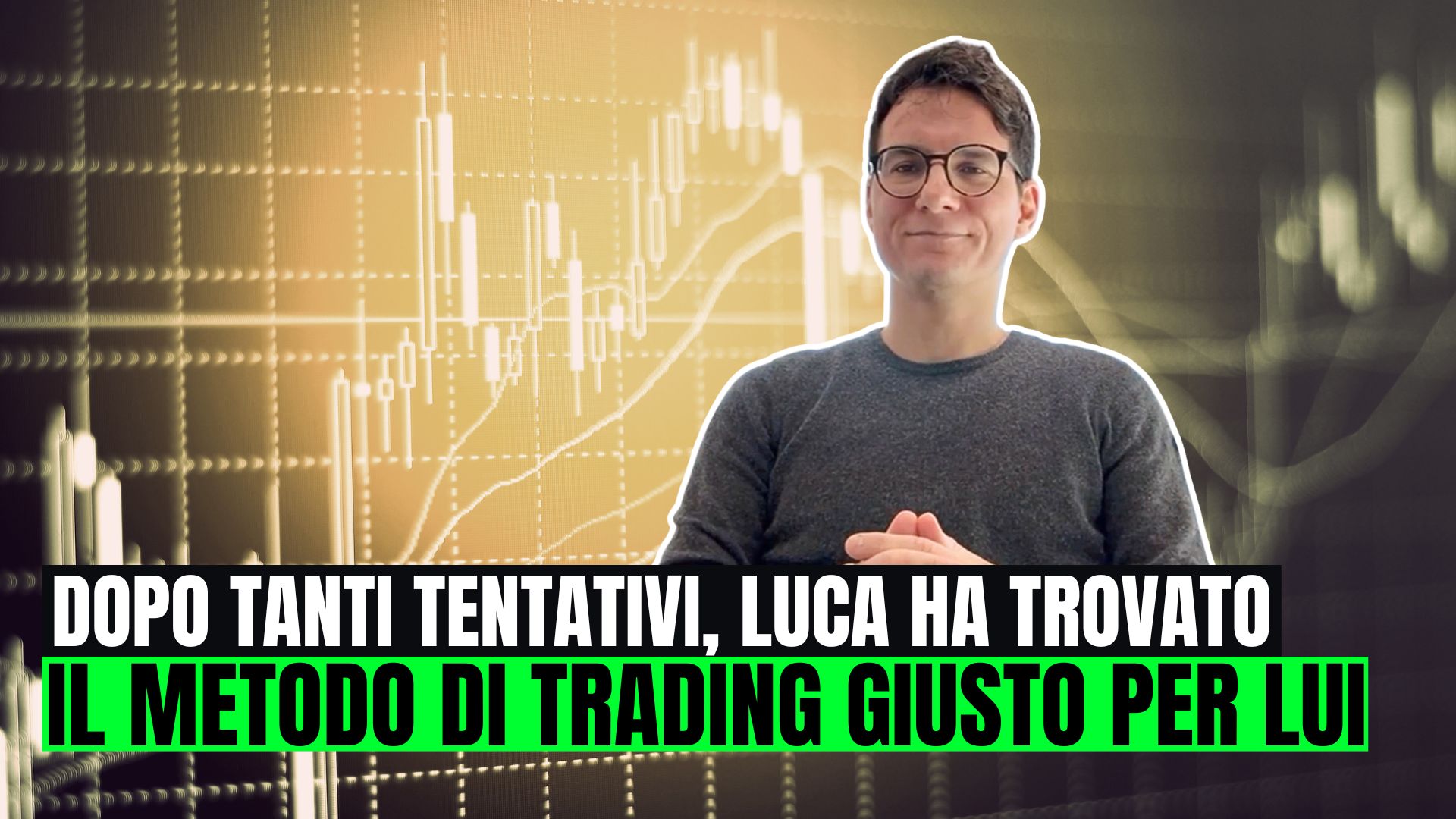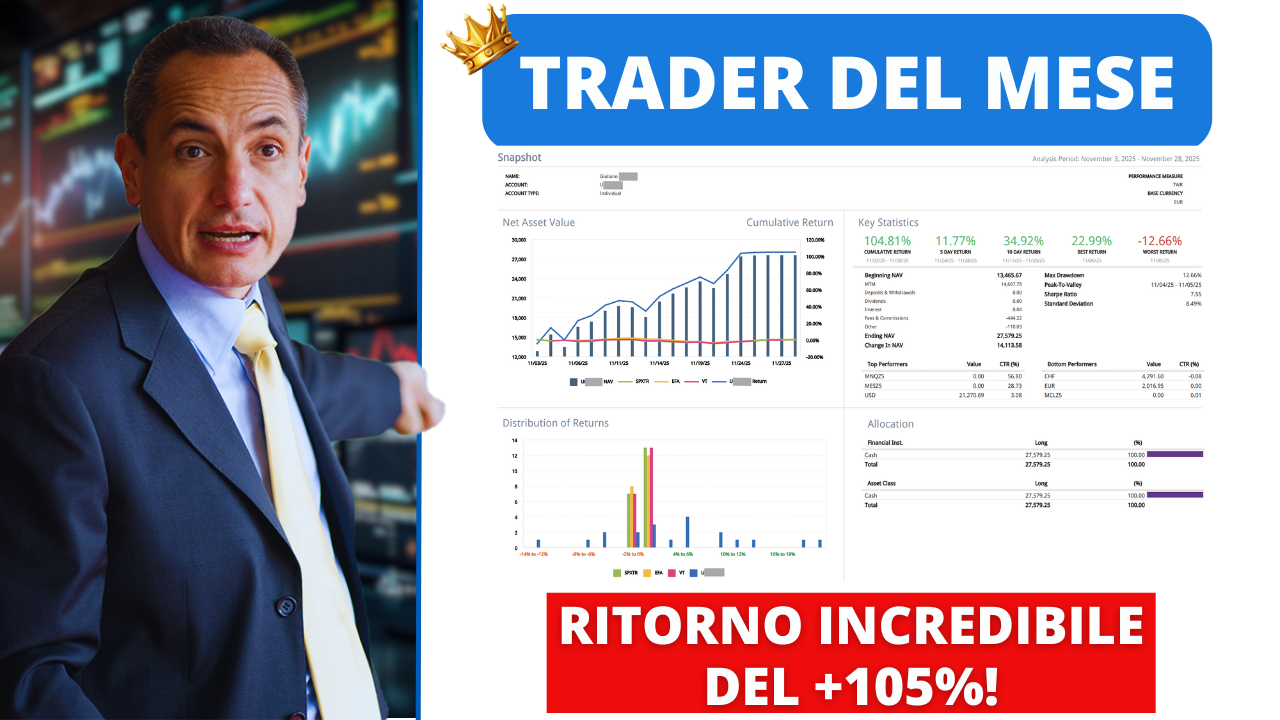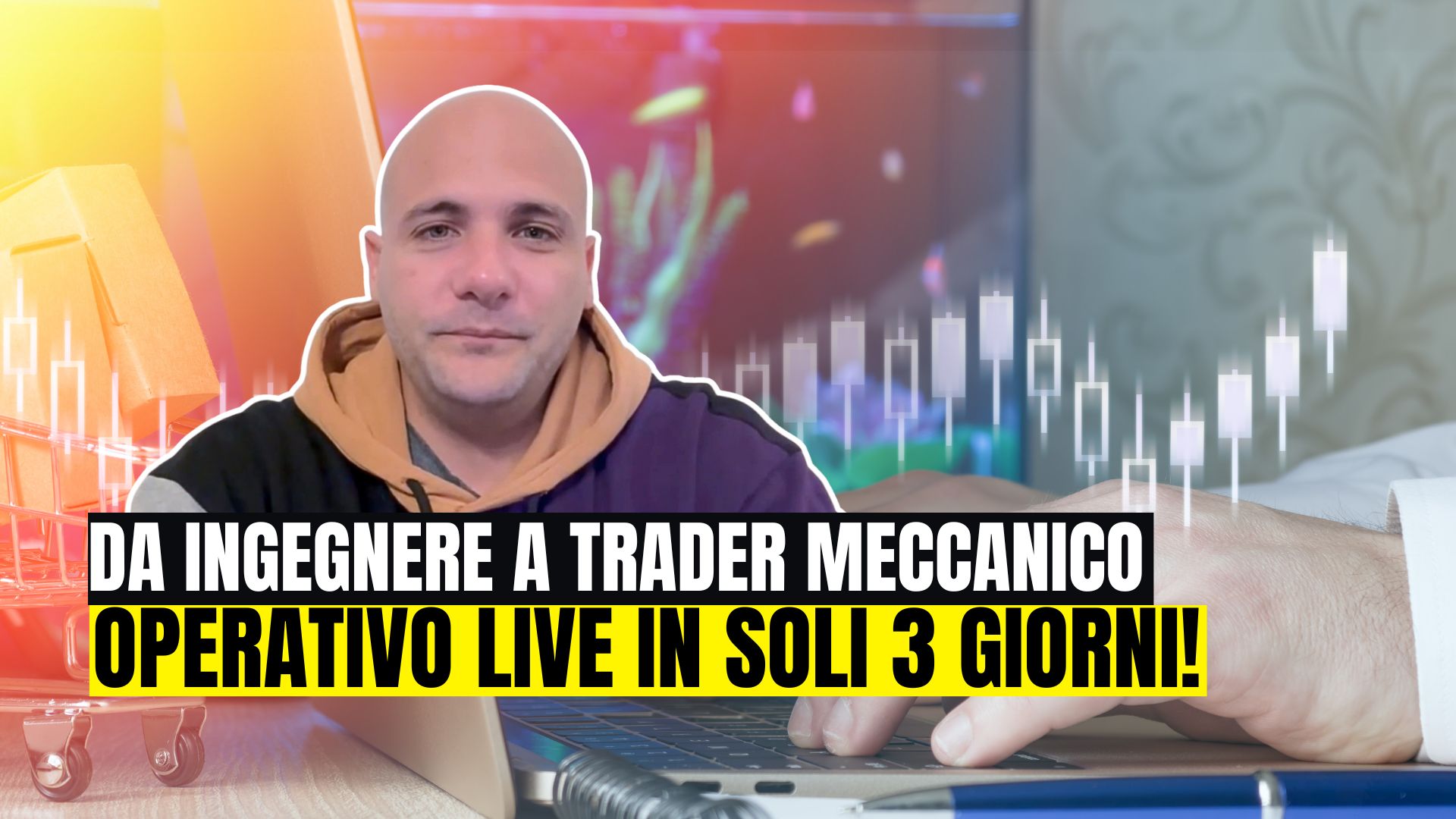Vuoi più aiuto? Prenota oggi la tua consulenza GRATUITA con il nostro team!
Definiremo una strategia che ti permetterà di avere tutto quello che ti serve per guadagnare costruendo e operando il tuo portafoglio di strategie automatizzate… Rispondi a qualche domanda nel nostro questionario e poi scegli giorno e ora più adatti a te.
A volte le idee più semplici sono anche le più efficaci…
Non servono indicatori super complessi o decine di condizioni per sfruttare i movimenti dei mercati. Bastano un’idea semplice e un po’ di buon senso!
In questo video ti mostriamo come creare una strategia per il future sull’S&P 500 in grado di produrre un’ottima equity line nonostante la sua semplicità.
Guardando il video scoprirai:
– Su quali regole è basata la strategia
– Come codificarla partendo completamente da zero in EasyLanguage o PowerLanguage (con sistema a codice aperto)
– Che performance potresti ottenere con questa strategia
Inoltre, dal momento che si tratta della registrazione di una diretta YouTube, oltre a seguire la creazione del sistema potrai anche ascoltare le risposte alle domande poste dagli spettatori nel corso della diretta.
Da non perdere! Buona visione
Trascrizione
Vuoi più aiuto? Prenota oggi la tua consulenza GRATUITA con il nostro team!
Definiremo una strategia che ti permetterà di avere tutto quello che ti serve per guadagnare costruendo e operando il tuo portafoglio di strategie automatizzate… Rispondi a qualche domanda nel nostro questionario e poi scegli giorno e ora più adatti a te.







